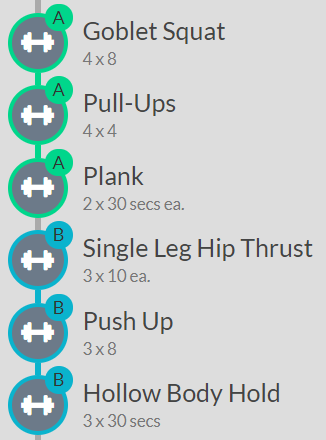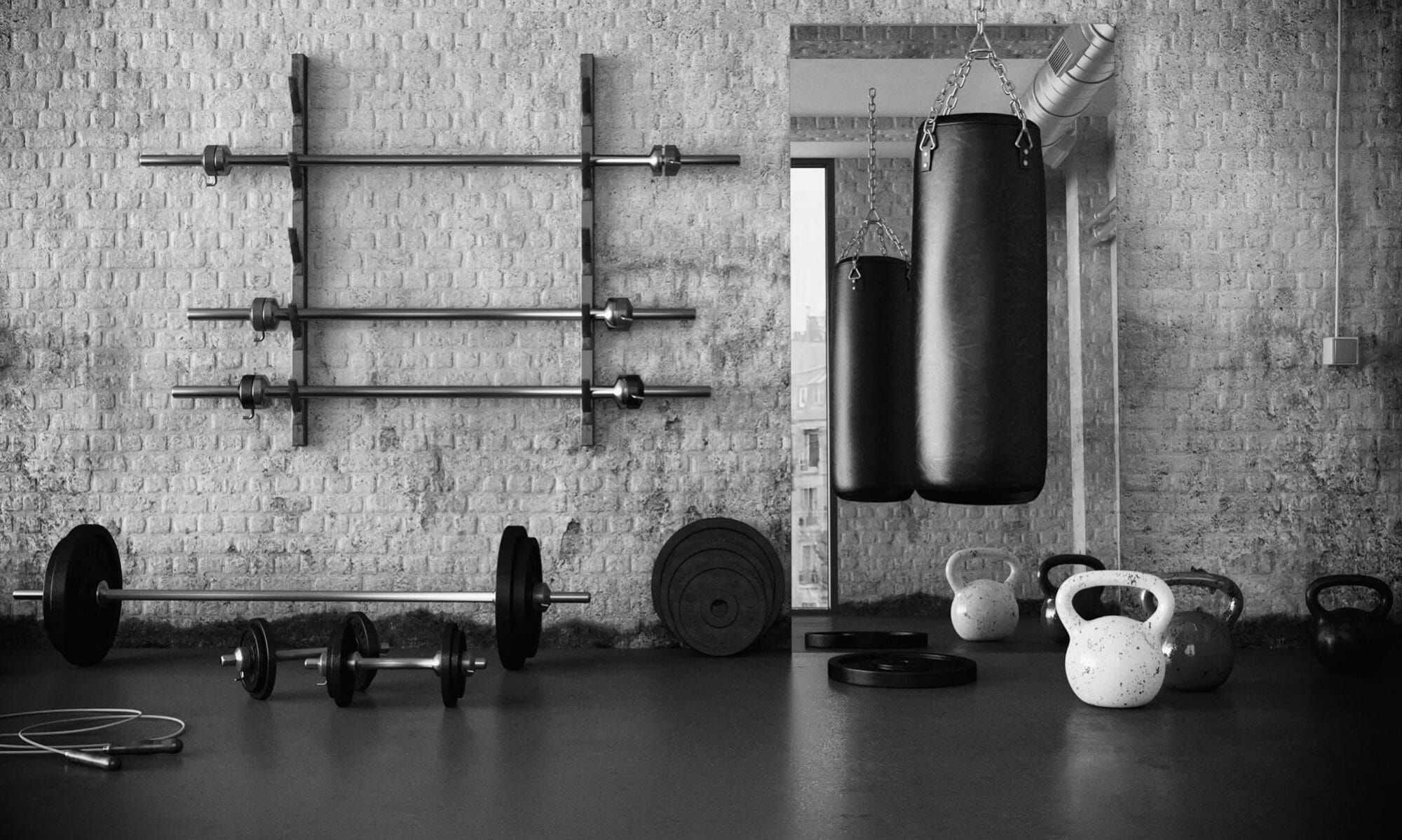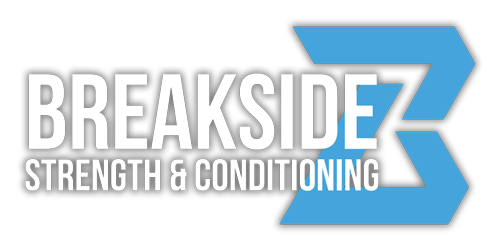Ideally, yes. We are working on developing plans and programs for athletes with minimal equipment, but programs that work around equipment are by definition sub-optimal. What we have designed now is what we consider the optimal training regimen. There may be gyms near you that have only some of the equipment, but we encourage athletes to look specifically for these things in the gym they choose (in order of importance):
Barbells
Dumbbells
Open Space/Turf [this can be done outside!]
Kettlebells
Medicine Balls
Sleds
Resistance Bands
Sandbags
No problem! You can opt out of any exercise due to lack of equipment, injury, or any other reason and replace it with a similar exercise. There are also often decent substitutes for implements you may not have (e.g. a heavy medicine ball might be a good fit if you don’t have a sandbag. I’ve even done med ball slams with a 45 pound plate. Not recommended, but it got the job done!) We also have programs for people who are working out at home with no equipment or with limited equipment.
Generally workouts are organized into 2-3 groups. Within those groups, sets can be rearranged freely. For example if you see this workout:

You can alternate between Goblet Squats and Pull Ups, putting the Planks in between sets as active rest.
Goblet
Pullup
Goblet
Pullup
Plank
Goblet
Pullup
Goblet
Pullup
Plank
The B group is a “Tri-Set” and is simpler, 3 rotations through the circuit.
Keep in keep in mind that heavy sets should be done very rested (up to three minutes between sets of the same exercise is acceptable), but we don’t want to waste time. Break up the circuit in a way that allows you to go into each set reasonably recovered from the last set, but don’t consider the exercise order written in stone.
Movements that have an external weight component will have an area to record the weight for each set. Body weight exercises will have a simple check box.
That’s actually preferable! In a perfect world, we would focus on strength and conditioning (cardiovascular work) on separate days, so if you have the time to do them separately, you can break up these workouts into different days.
Keep at it, safely. Conditioning is designed to take you up to the edge of your abilities, but not over the edge. The best athletes in the world are exhausted by their conditioning bouts if they are being done correctly. If it doesn’t challenge you, it doesn’t change you.
These are considered high intensity days and can include the conditioning from a previous workout. If your team does its own conditioning on practice days, you can omit our prescribed workout. Be smart, but don’t cheat.
Generally, your recovery from lifting weights is much more substantial than your recovery from speed work, so try to limit playing directly after a lift day. Trying to mimic tournament soreness by lifting the day before is a bad idea.
The 1 rep max is using a predictive equation within our software. This allows you to crudely measure your strength without the risk associated with actually testing a one-rep max. This formula is only turned on for certain exercises. How closely it approximates a true one rep max depends on a variety of factors, but it really doesn’t matter too much unless we’re doing a heavy singles day!
Do it when you can. Consistency is one of the most important factors in training and our programs are designed specifically to minimize overtraining risk, so delaying or shifting a workout is greatly preferable to skipping it entirely. Again, be smart, but don’t cheat.

